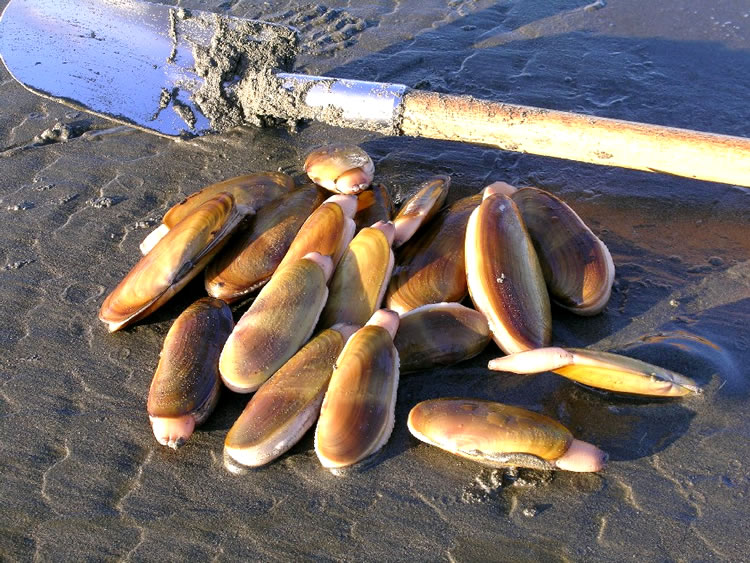Story by: Terry Otto
For the leisurely outdoorsman, winter is a time to stay inside. It’s a time to tie flies, repair waders and read magazines. The fire beckons, and they wait there for spring’s welcome touch. But for the other kind of sportsman, those that love the winter, it is a season filled with an incredible richness of fish and game, even as the number of the people in the woods and on the banks diminishes. Lucky indeed are those hardy souls that venture forth in the steady rain or the freezing wind, for Old Man Winter offers great riches for the soul hardy enough to stand up to his punishment.
In Oregon and Washington the choices for winter adventure are almost endless. It doesn’t matter if you live in the mountains or the valleys, the east side or the west side, along the coast or in the high desert, there is something happening nearby.
The winter nights are long, but they are far more fun when you spend them on the beach chasing razor clams. The southwest Washington coastline has some of the best razor clamming beaches in the northwest, but digging them in the winter is a nocturnal adventure, according to Dan Ayers of the WDFW Region 6 in Monsanto. “In the winter the lowest tides are always at night,” he says, “that’s just the way it works.” The daytime digs won’t happen until spring.
Clammers find razors during low tides by looking for the tell-tale holes they leave in the sand. Once these holes are spotted, you have to dig fast, either with a shovel or a clamming tube, to reach the speedy clams before they escape. Since the winter digs happen at night a lantern or flashlight must be used. “I’ve had the best luck with the old-style white-gas type lanterns,” says Ayers, but every veteran clammer has his own favorite.
This is a great family adventure and even the kids can learn to spot the signs of clams. Of course, caution is needed when on the beach at night. “Don’t turn your back on the surf!” warns Ayers. Often the weather is too rough, but that just leaves more clams for the next low tide.
There are four major razor clam beaches in Washington, but the southernmost, Long Beach, is the most popular. The Oysterville approach is a great place to access the beach.
Other razor clam beaches are Twin Harbors, Copalis, Mocrocks and Kalaloch.
The limit is 15 razors, the first dug, no matter the size.
For more information, check the WDFW Web site
